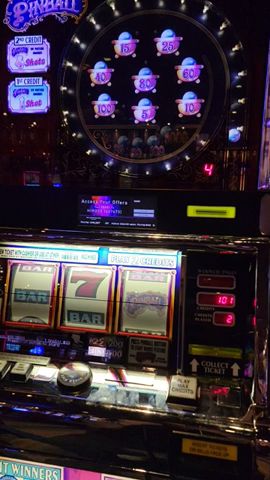
When you play slot machines, you will notice that you will be rewarded with different prizes depending on the type of symbols that appear on the paylines. While some machines use gears and other mechanical elements, most modern slot machines work on a computer program. They look similar to traditional mechanical slot machines, but their winning chances are different. In fact, modern slots can have as many as 20,000 paylines. So, knowing the odds of winning a slot is not as easy as it sounds.
A simple strategy does not matter with slot machines, and you may end up a net loser. Putting a nickel bet on twenty paylines, for example, would result in a payout of one dollar. However, if you won on one payline, you would lose 50 cents, but the slot machine would still show you as the net winner. In fact, multiple scientific studies have shown that our brains treat near-miss results as real wins. Therefore, they can be addictive.
A slot machine can have as many stops as it wishes, and the programmers can add as many as they want. Because of this, the number of symbols displayed on the reels is no longer an indicator of how likely it is that a combination will occur. Instead, the number of symbols displayed on the reels is only a display of the symbols that can create a winning combination. Unlike traditional slot machines, the number of symbols displayed on a slot machine is random, meaning that there is no way to calculate the odds of winning a game.
A random number generator is the core of a slot machine’s software. A computer program generates a set of random numbers hundreds of times per second, which are then fed through a simple program that determines where the reels should stop when a particular combination of numbers appears. This process ensures that no single player can predict the results. This process, known as “random number generation,” ensures that no single machine is more likely to be profitable than another.
The game’s payout percentage is a key factor in the casino’s overall revenue. When the house edge is low, a player is likely to lose the majority of their money. This is why casino managers are so reluctant to increase the house edge of slots. While there is a small house edge in casino slot machines, it is largely irrelevant if it is higher than the percentages of other types of gambling. The casino should be able to provide the same level of excitement as a physical casino.
Various types of jackpots are available in a variety of slots, and the jackpot can be as high as $500,000 in a single game. In addition to the jackpot, a progressive jackpot allows players to win large amounts of money without spending a large amount of money. With more than two billion people playing slots each day, it is easy to see why they are so popular. And there are more ways to win than you might think. With a little luck, the winning combination could be yours.